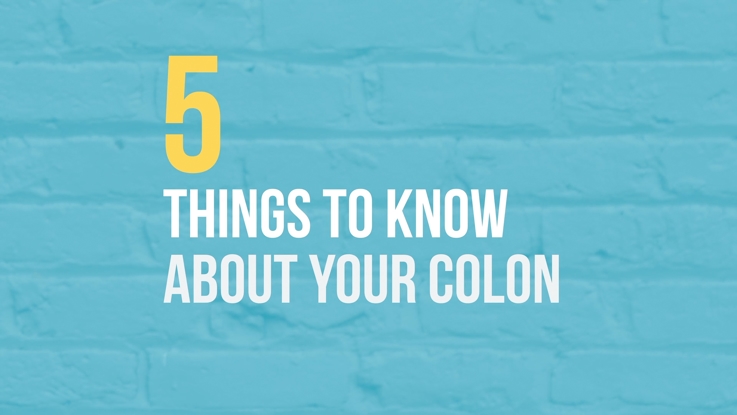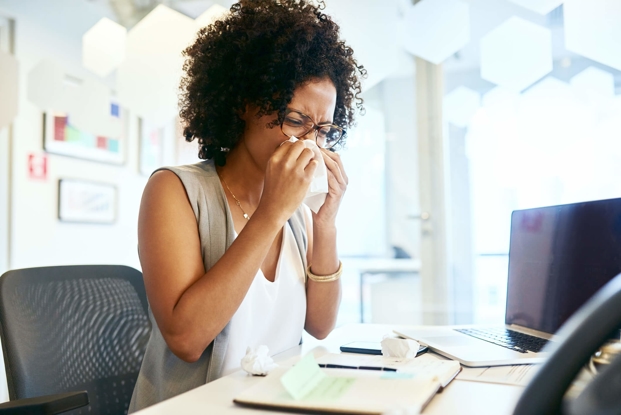Act to prevent cervical cancer
- Category: Obstetrics & Gynecology, Cancer Care
- Posted On:

Cervical cancer usually occurs between the ages of 35 and 44, although women are at risk throughout their lives. Learning more about this deadly cancer can help you protect yourself.
What causes cervical cancer?
HPV (human papillomavirus) causes nearly 100 percent of cervical cancer cases.
What increases my risk?
The following risk factors increase your odds of developing cervical cancer:
- Getting an HPV infection
- Having a family history of cervical cancer
- Having a personal history of chlamydia
- Smoking
- Being overweight
- Taking birth control pills for a long time
- Having a mother who took the hormonal drug diethylstilbestrol (DES) while pregnant
What can I do to protect myself?
To lower your risk:
- Get an HPV vaccine. All kids age 11 or 12 should get two doses of the HPV vaccine at least six months apart. Those who start the vaccination series later—at ages 15 through 26—will need a third shot.
- Receive cervical cancer screenings. The U.S. Preventive Services Task Force recommends women ages 21 to 29 get a Pap test once every three years. Women ages 30 to 65 years can choose to have a Pap test every three years, an HPV test once every five years, or a Pap test and an HPV test once every five years. Women older than 65 who have had normal screenings and do not have a high risk for cervical cancer do not need to be screened. Talk with your health care provider about the schedule that is best for you.
- Practice safe sex. Use condoms correctly every time you have vaginal, anal or oral sex.
What's your risk?
Find out by taking our FREE online risk assessment for cervical cancer: touro.com/cervicalrisk.


